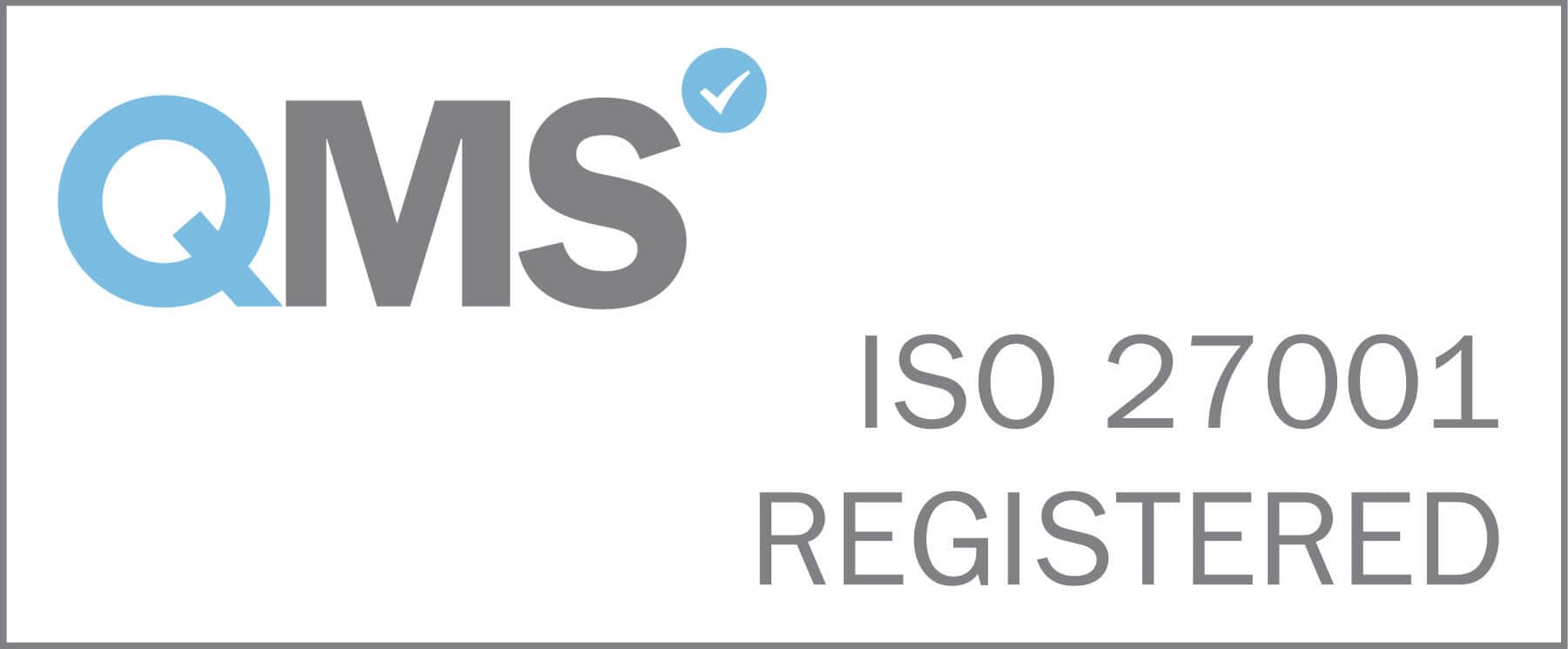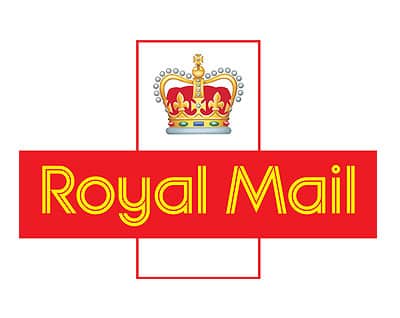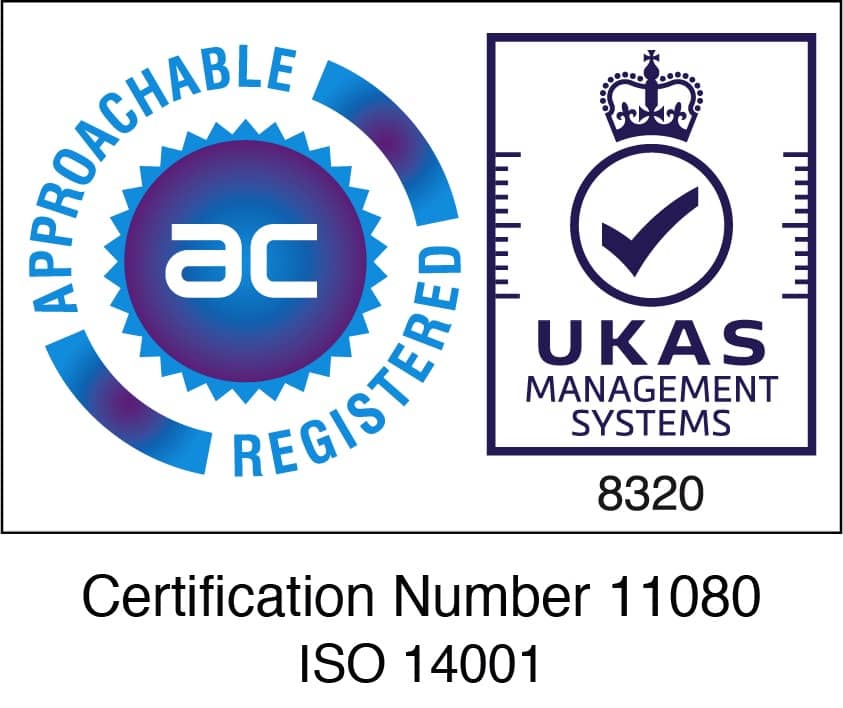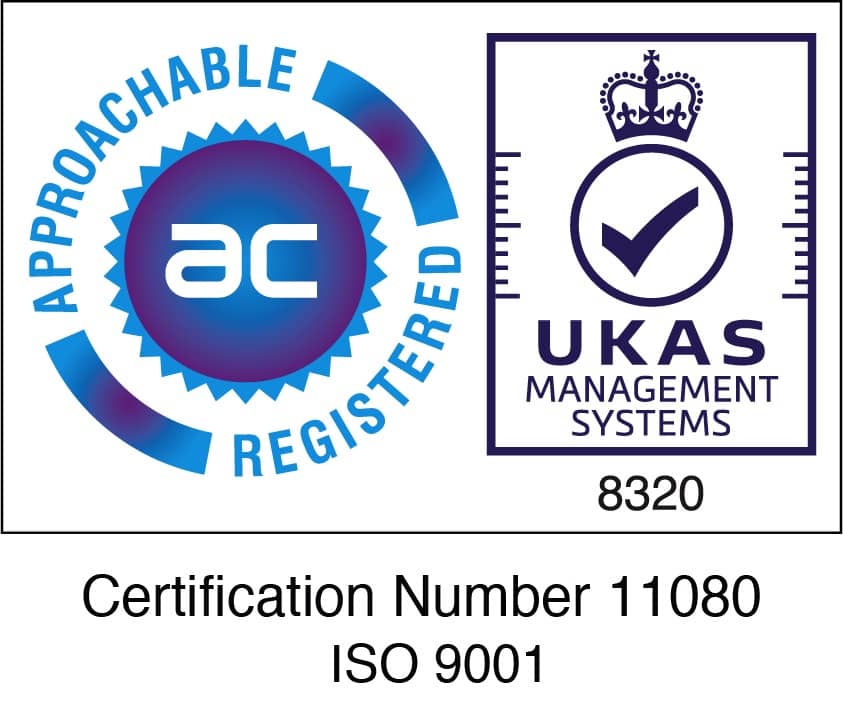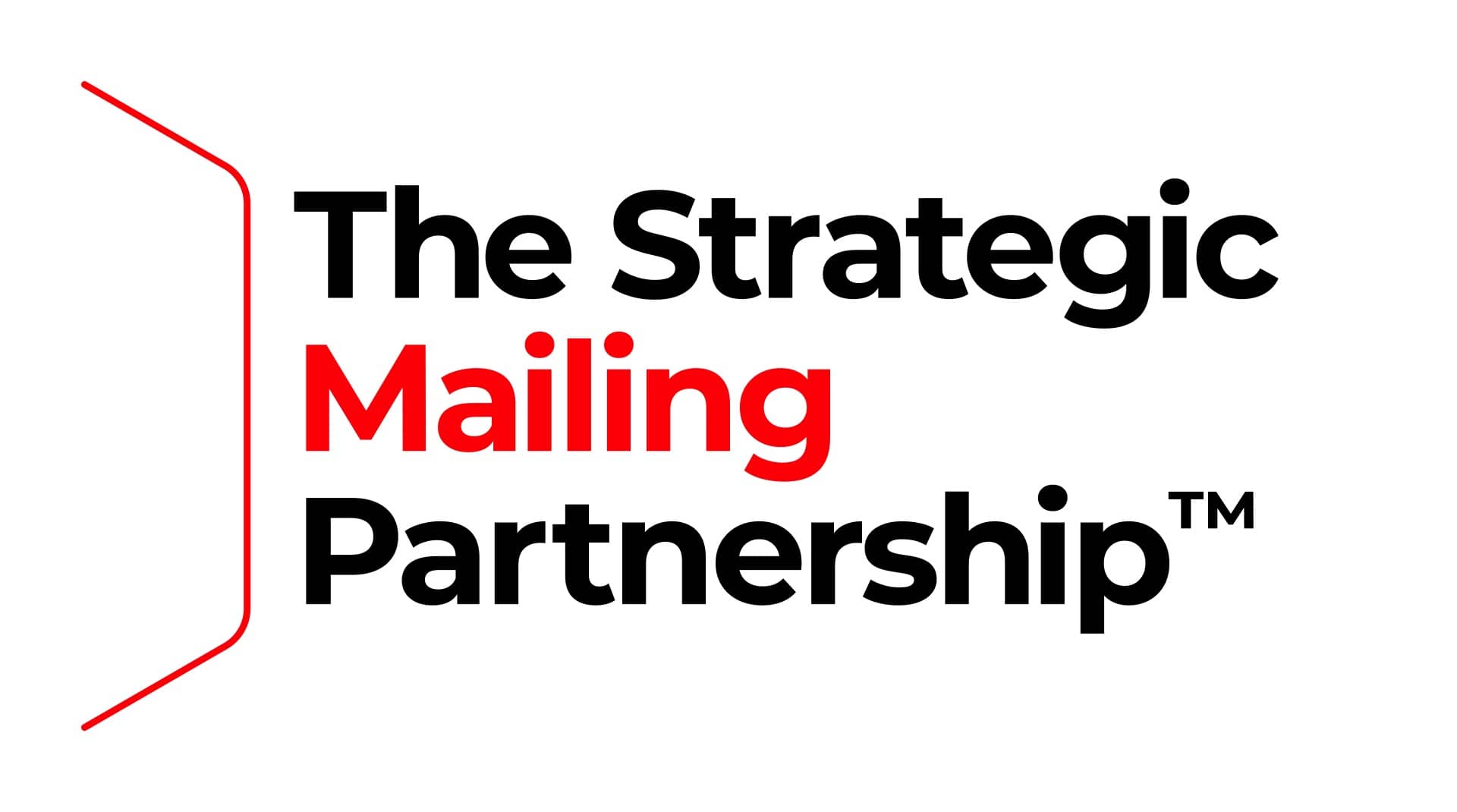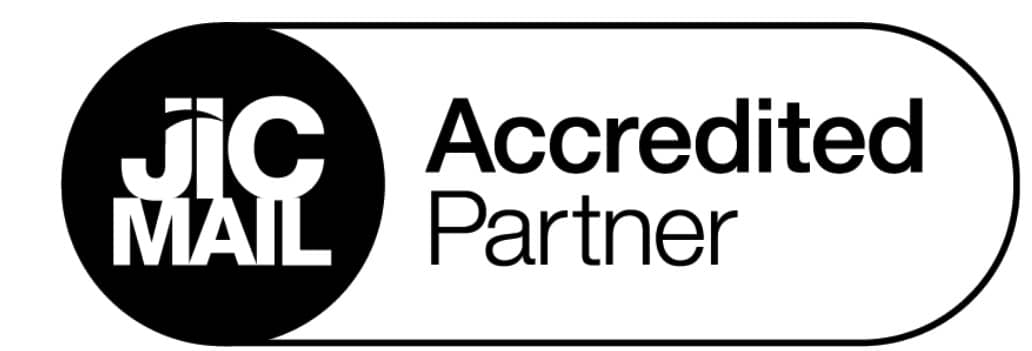Email marketing remains a key strategy for businesses. However, in an increasingly digital world, direct mail marketing is experiencing a resurgence, offering unique advantages that digital campaigns can’t replicate. Let’s explore why direct mail continues to outshine email marketing in several critical ways.
Inboxes are inundated with messages, and the average email open rate for marketing campaigns is just 21.33% according to the 2023 Campaign Monitor report. By contrast, direct mail achieves an open rate of around 90%, as stated by the Data & Marketing Association (DMA). Physical mail is harder to ignore and more likely to be seen and considered.
Unlike email, which is fleeting and intangible, direct mail provides a physical product that recipients can touch and feel. Neuroscience research shows that tangible materials leave a deeper imprint on the brain, making them more memorable. Personalised mail enhances this effect, fostering a stronger emotional connection with the recipient.
Emails are often met with scepticism due to widespread phishing and spam. According to a 2022 survey by Statista, 47% of email users worry about clicking on potentially harmful links. Direct mail, however, does not carry these risks, making it a trusted medium for communication.
Email designs are restricted by technical constraints like image blocking and spam filters. In contrast, direct mail allows for endless creative possibilities. From unique shapes and textures to augmented reality (AR) integrations and QR codes, print materials can deliver a multi-sensory experience that captivates recipients.
Since the implementation of GDPR in 2018, email marketing has faced strict regulations. Businesses must obtain explicit consent before sending marketing emails, increasing compliance challenges. Direct mail operates under different rules, often requiring only a legitimate interest basis, making it a more accessible option for many businesses.
Research by the DMA indicates that direct mail has an average lifespan of 17 days in households, compared to just 2 seconds for emails. Recipients often keep flyers, brochures, or postcards, increasing the chances of brand recall and subsequent action.
Direct mail consistently outperforms email in terms of response rates. The DMA’s 2023 report highlights a 4.9% response rate for direct mail, compared to 1% for email marketing. When combined with personalised elements, direct mail can deliver even stronger engagement and ROI.
Direct mail marketing has evolved to meet the demands of modern consumers, blending traditional tactics with innovative technology. While email marketing remains a valuable tool, direct mail offers unmatched advantages in engagement, trust, and memorability.
Here at The Mailing People we have a wealth of industry and sector specific experience in putting together direct mail campaigns, from design to execution. Our advice is free, so why not get in touch?
Recent Articles
Want to make the most of your direct mailing campaigns? Here are five tips from the experts that will help you achiev...
Find out why so many businesses in the travel, leisure and tourism industry are choosing to use Direct Mail as a part...
Direct mailing is a highly effective form of marketing, but it isn't always successful. Here are the most common reas...
Make sure your next mailing campaign is a success by avoiding these common direct mail mistakes.
When it comes to bulk mail and direct mailing, personalisation matters. Find out how using it can drive sales.
Here’s our handy cheat sheet for creatives who want to get ahead with designing direct mail.
Direct mail doesn't have to be expensive, With The Mailing People you achieve more with your budget, whatever the siz...
Here are some favourite personalising tips from direct mail experts at The Mailing People to help get your mail marke...
When it comes to successful direct mail, it all begins on your doormat. How to avoid the 3 most common direct mail mi...
Whereas most email marketing templates are fairly simple, digital printing allows more scope to be personal when usin...
Our accreditations
